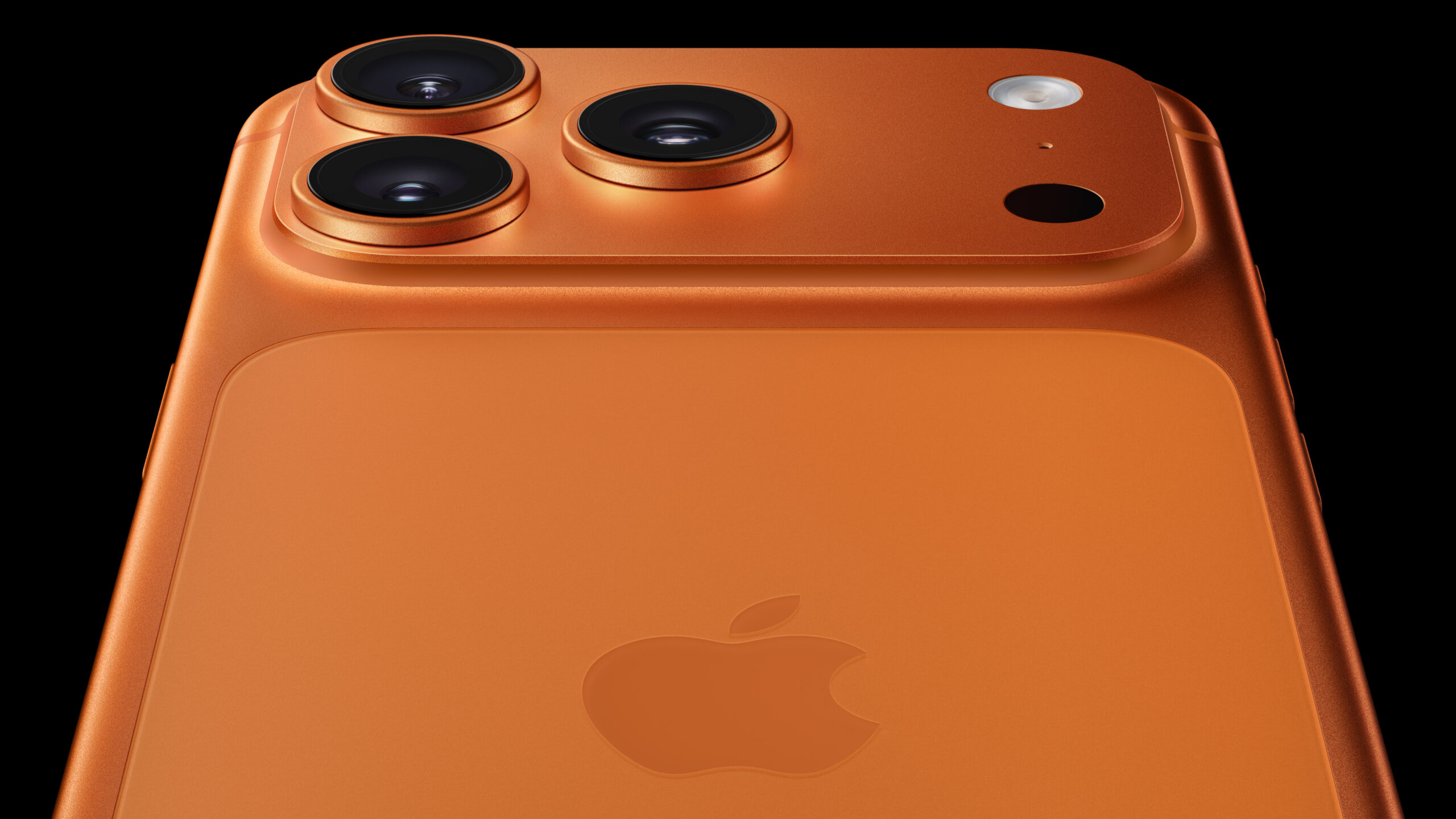iPhone
Apple’s September iPhone numbers missed expectations, rising 6% year over year compared to expectations of a 10% increase. That shortfall was more than offset by positive guidance, which implies iPhone growth in December will be closer to 12%, versus expectations of 6%.
I think the best way to assess the state of the iPhone business is to look at sales over a two-quarter period. That approach smooths out the impact of capacity constraints. To put the iPhone results and guidance into perspective:
Heading into the report, the whisper number called for 10% iPhone growth in September. If Apple had met that whisper number and guided in line with Street expectations for December, total iPhone revenue over the two quarters would have been $124 billion.
Factoring in the 6% growth Apple reported in September and the guided “double-digit” growth for December — let’s call it 12% — total iPhone revenue over the two quarters now looks closer to $126 billion.
In other words, iPhone revenue over a two-quarter period is coming in about 2% above already elevated expectations.
